On-the-Spot Stress Managers
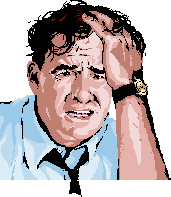
When You Meet A stressor—Pause For Your Cause!
Research has shown that many relaxation strategies can be effective. Experiment with the techniques below, and regularly use the ones that are most useful to you in dealing with stress. For best results, relaxation strategies should be practiced five to ten minutes at a time, once or twice a day, five or six days a week.
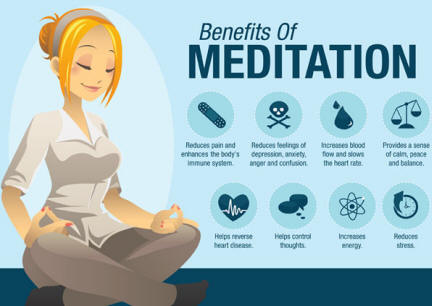
Centering:
ü Close your eyes.
ü Stop. Put down everything you’re working on.
ü Let your breathing be at peace, as you relax your whole body.
ü Turn your attention inward and ask yourself: What am I feeling? What am I thinking? What is my body telling me? What do I want to do right now.
ü Check your breathing. It is shallow? Notice this, smile, and take two deep breaths.
ü Notice, are you holding tension in any area parts of your body?
ü Take two more full and calming breaths.
ü As you slowly exhale, let your body go totally limp, drop your jaw and imagine the feelings of warmth and comfort and heaviness flowing from the top of your head down to your toes.
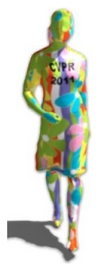
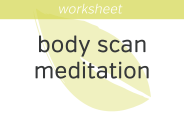
Body Scan:
ü Sit comfortably, close your eyes.
ü Begin to mentally scan the sensations in your body.
ü Slowly move your attention from your head to your toes.
ü Notice what you feel in each area of your body. If you feel any tension, imagine yourself breathing in relaxation to the area and letting go. You may want to gently move the tense area, allowing it to relax.
ü Scan your body once again, noticing any changes and letting go even further.
ü Take in a few deep breaths.
ü Gently stretch, and open your eyes.

Deep Breathing:
ü For feedback, put your hand on your chest and belly. Breathe in thru your nose, expand your chest down to your belly.
ü Breathe out through your mouth (purse your mouth—just like you were blowing out a candle flame, causing it to flicker).
ü Sit comfortably.
ü Close your eyes—direct your attention to your breathing.
ü Allow all thoughts and sensations to disappear as you concentrate fully on your breath, as it flows IN and OUT. You can imagine any unwanted thoughts or feelings leaving your body with each breath out, and relaxation and calm peace entering your body with each inhalation.
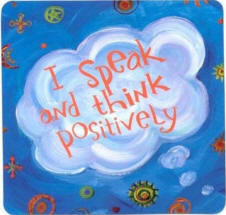
Use Your Mind to Teach Your Body—Give Suggestions to Your Body:
ü Say to yourself things like: I am relaxing. I am feeling very comfortable and relaxed. My breath is calm and regular. I am at peace, I feel renewed and refreshed. Ah, all is well.
ü Feel the tension is draining out your body into the floor.
ü Feel yourself relax even deeper, to a safe, strong, and peaceful place.
ü Prepare to open your eyes, bringing with you all this relaxation.
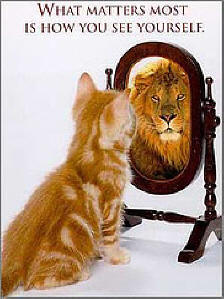
Visualizing a Special Place
ü Relax, breathe deeply, and close your eyes.
ü Imagine yourself in a beautiful, relaxing area at home, the beach, the mountains, etc.
ü Imagine all the details, smells, sounds, etc., and let yourself get comfortable in this spot. You might want to use this time to mentally rehearse relaxing during a stressful work day or imagine yourself and your work environment just as you’d like it to be.
ü Take another deep breath, stretch, and gently open your eyes.
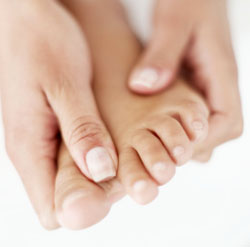
Self-Message
ü Massage your scalp as if you were washing your hair. This stimulates blood flow to your head, allows more oxygen to get to your brain, and relaxes muscle tension.
ü Rub the back of your head at the base of the skull where you feel a large bump. This is where the neck muscles insert, so, by rubbing this area, those muscles relax.
ü Firmly massage the area around both temples on the side of your head. If you find any tender areas, give them special attention.
ü Take both of your hands and place them on either side of your neck. Rub them up and down with firm pressure.
ü Run your hands down your neck to both of your shoulders and squeeze the muscles. Repeat this a few times.
ü Use your fingertips in a circular motion to get deep into the muscles along your shoulders.
ü Give yourself a big hug and squeeze the muscles at the top of your shoulders.
ü Foot massage: rest the ankle of one leg on top of your of your other thigh. Grasp your foot with both hands and massage it as if you were playing with putty. The foot contains reflex points from all parts of the body. By stimulating your foot, circulation is improved and tension is relieved throughout your whole body.
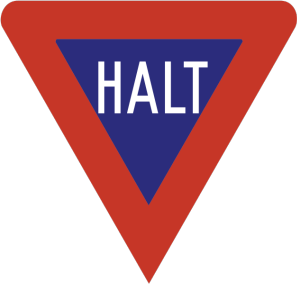
H.A.L.T. the Stress
The next time you feel tension or stress; halt it by asking yourself these four questions and then taking action:
ü Am I Hungry? Get something nutritious to eat.
ü Am I Angry? Let someone know how you feel.
ü Am I Lonely? Make some social contacts.
ü Am I Tired? Get enough sleep to feel refreshed.
© 2004, adapted with permission, Kaiser Permanente Northwest Health Education Services, Managing Stress And Anxiety Class Series Workbook
To
hear a Windows Media File with
some
 relaxation ideas, click on picture.
relaxation ideas, click on picture.
|
Another Technique To Try:
Use The 30-Second Stop This technique can almost instantly bring you to awareness and help you relax. It's a great tool for giving yourself a respite in the midst of a busy day.
Whatever you're doing, stop completely! Freeze frame. The mind will also stop, and you will penetrate at rocket speed to your center.
For 30 seconds just be present with whatever is happening.
Are you breathing? How is your body? Where are you? In the present? In the past? In the future?
Watch and observe, without judgment.
Then start moving again..... Taken from Using Emotional Intelligence At Work by Lou Stagnitto
Resources:
|
